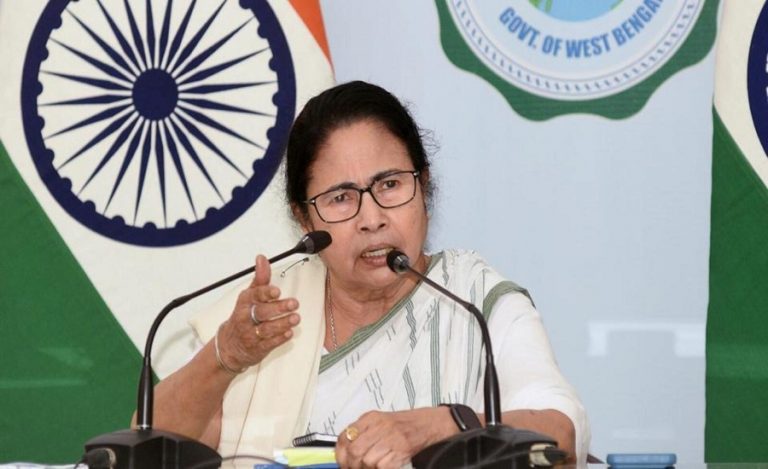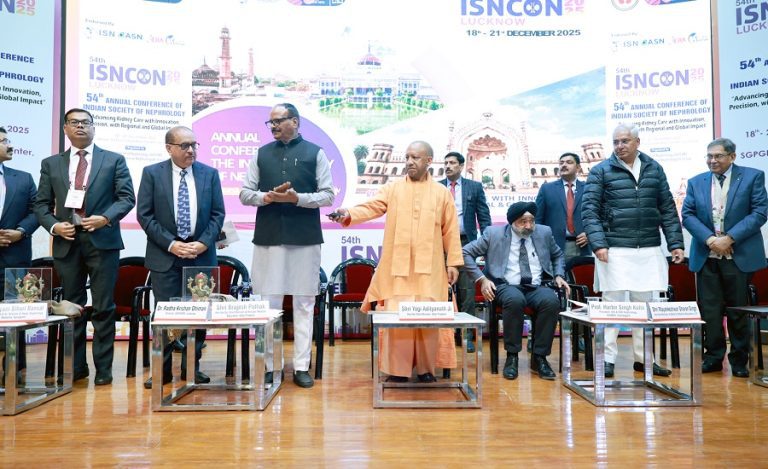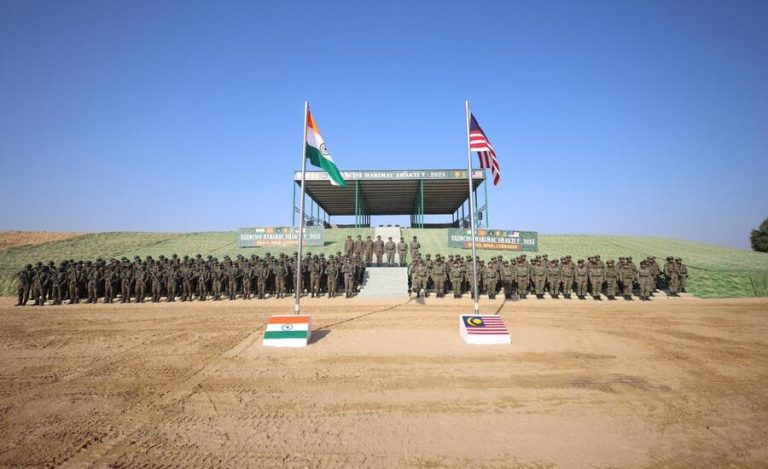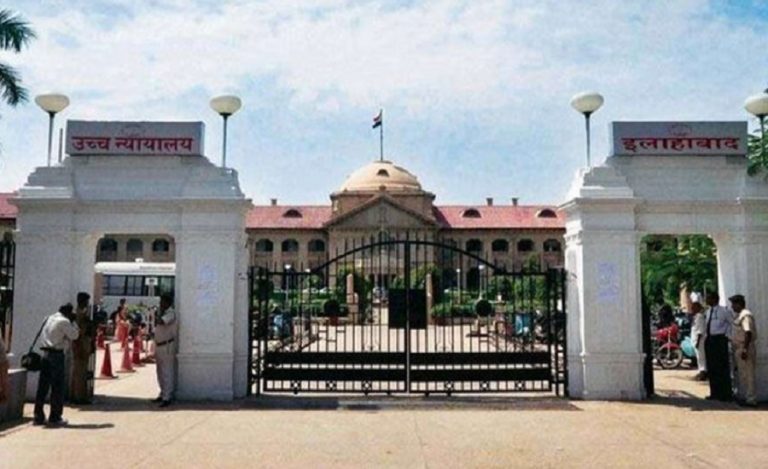New Delhi – In a rare and candid disclosure, Lieutenant General Rahul R Singh, Deputy Chief of Army Staff (Capability Development and Sustenance), revealed that China had provided live operational inputs to Pakistan during India’s recent Operation Sindoor. Speaking at the ‘New Age Military Technologies’ conclave organized by the Federation of Indian Chambers of Commerce & Industry (FICCI) on Friday, Lt Gen Singh highlighted the increasingly complex regional threat matrix facing India, underlining the critical role of technology, intelligence, and integrated military action in modern conflict.
Read Also: SLt Aastha Poonia Becomes Navy’s First Woman Fighter Pilot, Earns ‘Wings of Gold’ at INS Dega
China-Pakistan Collusion: Real-Time Intelligence Sharing
Lt Gen Singh said that during the course of Operation Sindoor, Pakistan was being fed real-time intelligence by China, especially during Director General of Military Operations (DGMO) level talks. “Pakistan was getting live inputs of our deployment from China. They knew exactly which of our vectors were primed for action and asked us to pull them back,” he said. He stressed the urgency for India to respond to such external intelligence-sharing threats with speed and strategic foresight.
Three Adversaries in One Conflict
India, according to Lt Gen Singh, was effectively fighting “three adversaries” in Operation Sindoor — Pakistan at the front, China in the background offering military and strategic support, and Turkey through drone support. “81% of Pakistan’s military hardware is Chinese. China is able to test its weapons in a live environment through Pakistan — it’s like a live lab available to them,” he noted. He also pointed to Turkey’s contribution, particularly the use of Bayraktar drones and other unmanned aerial systems during the conflict.

Air Defence & Civilian Target Preparedness
Lt Gen Singh underscored the critical need to enhance India’s air defence systems. “Air defence and how it panned out during the operation was important. This time, our population centres were not targeted, but next time, we must be prepared,” he warned, calling for urgent modernization and robust capability building.
Strategic Messaging and Ceasefire Calculus
The Deputy Army Chief offered a glimpse into the strategic decision-making behind Operation Sindoor. He explained that while 21 potential targets were identified based on combined technology and human intelligence, only nine were ultimately selected and engaged. “It was a deliberate tri-services decision to demonstrate India’s integrated strike capability. War is easy to initiate, but difficult to control — so a masterstroke was played to stop it at the right time,” Singh stated.
He added that Pakistan’s call for a ceasefire came after realizing the extent of India’s preparedness. “There was a punch ready. Pakistan knew if that hidden punch came through, they’d be in a very bad condition. That’s why they requested a ceasefire,” he said.
Operation Sindoor: Response to Pahalgam Attack
Operation Sindoor was launched in retaliation for the deadly terror attack in Pahalgam, Jammu & Kashmir, where 26 civilians lost their lives. The Resistance Front (TRF), a proxy of the Pakistan-based Lashkar-e-Taiba (LeT), had claimed responsibility for the attack. The Indian response targeted terror infrastructure in Pakistan and Pakistan-occupied Kashmir.
Read Also: Operation Sindoor Spurs India’s 52-Satellite Space Shield by 2029 – Read More
No More Strategic Restraint: India’s Clear Message
In conclusion, Lt Gen Singh reiterated India’s evolving military doctrine — firm, technology-backed, and uncompromising on national security. “There is no scope of absorbing pain the way we did in the past. There will be punitive action, if required. That message is now loud and clear,” he asserted.



























